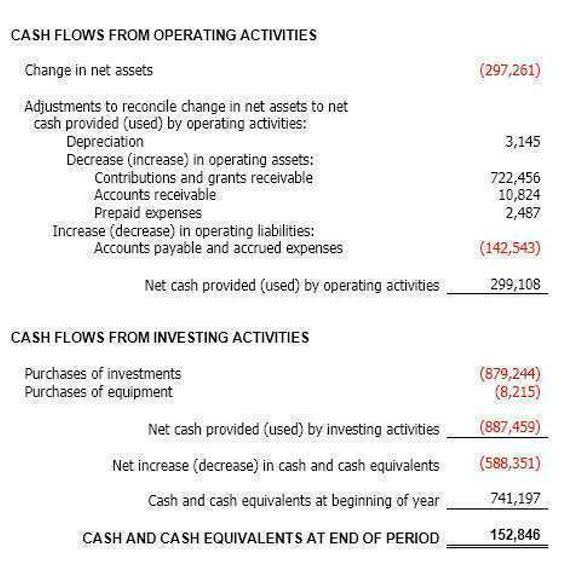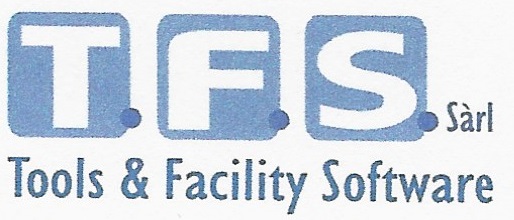
Decide on the necessary steps to correct these discrepancies, whether through further verification or adjustments. This ensures that the assets tie to the liabilities and equity and that any potential fraud or collusion is minimized. Imagine having an automated reconciliation solution that automatically matches and categorizes transactions, thereby eliminating the manual process. Automating reconciliations can significantly reduce the risk of fraud and errors, while also freeing up accountants to focus on higher-value tasks that contribute to strategic business decisions.

What are the Benefits of General Ledger Reconciliation?
Regular GL reconciliation helps you catch errors early on, preventing small issues from becoming major headaches. This proactive approach minimizes the risk of financial misstatements and keeps your books in order. For a deeper look into financial statement analysis, check out our resources on key financial accounting ratios. Performing regular and accurate general ledger reconciliations allows business owners to have reliable financial statements. This reliability is crucial for making informed decisions and steering the company in the right direction.
Using Bank Statements for Cash Reconciliation
Customer reconciliations review the invoices with outstanding accounts receivable balance in the general ledger. By following these best practices—regular reconciliation, standardized procedures, and proper documentation and review—you can make your reconciliation process more accurate, efficient, and stress-free. Xenett does a lot of the heavy lifting for you, which means fewer errors and more accurate financial records. When accounts are misclassified, it affects the accuracy of your financial reports and can make it hard to understand your true financial position. Automated matching tools flag imbalances between account totals and control accounts. This allows for easy research into discrepancies without tedious manual comparisons.

How to Choose the Best Nonprofit Accounting Software
- A consistent, organised approach will save you time and help keep your financial records accurate.
- Document each step, from gathering initial data to finalizing adjustments.
- The Cash to General Ledger ReconciliationReport compares the GL cash account balance against the bank accountbalance.
- Mastering this essential practice will keep your business running smoothly.
- General ledger accounts fall into five main categories; each plays a distinct role in capturing different aspects of a company’s financial activities.
- By following these best practices—regular reconciliation, standardized procedures, and proper documentation and review—you can make your reconciliation process more accurate, efficient, and stress-free.
Once you know which accounts to reconcile, it’s time to move on to the next step. For example, if you’re general ledger reconciliation reconciling a bank account, you’ll need the latest bank statement to compare with your GL. Tailorable forms capture all reconciliation steps performed, adjustments made, and notes for later reference.
- Understanding these common mistakes can help you avoid them and maintain accurate financial records.
- Let’s delve into how GL reconciliations work and what to look for in accounting software for the best results.
- To avoid this, make sure everyone on your team follows a clear process, so there’s no overlap.
- To prevent this, it’s important to double-check your entries or use automated tools that reduce the risk of human error.
- The ending fiscal period a company uses to reportfinancial results, such as a calendar month or fiscal period.
- Typically, accounts are reconciled monthly, but frequency varies depending on factors like transaction volume or management’s assessment of risk for that specific account.
Whether it’s spotting duplicate entries or making sure your expenses are coded correctly, reconciliation helps maintain financial health and gives you peace of mind. By being aware of these common errors, you can take steps to avoid them and improve your reconciliation process. This method helps you identify any unusual changes in your accounts and ensures that all expenses are recorded accurately. This process should be done regularly, like at the end of every month, so that your bank balance and ledger stay aligned.

Timeliness in Reconciliations
At HubiFi, we understand these challenges, which is why we’ve developed automated revenue recognition solutions designed for high-volume businesses. Itensures your general ledger accounts match up perfectly with your bank andcredit card statements. For hardware startups, it’s a game-changer, boostingaccuracy, cash flow optimization, and investor trust. Procurement software updates financial records instantly with every transaction, whether it’s an order placed or an invoice received, directly affecting the ledger balance. This ensures that the financial data, including bank accounts and expense accounts, is always current, enhancing the accuracy of financial analysis and decision-making by minimizing human error. As business scales and transaction volumes grow, it becomes essential to review and improve your reconciliation methods periodically.

General ledger (GL) reconciliation is how you verify the accuracy of your company’s financial records. Law Firm Accounts Receivable Management Essentially, you’re comparing the balances in your general ledger—the central hub of your financial data—with supporting documentation. This might include bank statements, subsidiary ledgers (like accounts payable or receivable details), or other supporting evidence. The goal is to catch any discrepancies and fix them, ensuring your financial statements accurately reflect your company’s financial position.

- Automated reconciliation software can save you a ton of time and reduce the risk of errors.
- Reconciling general ledger accounts is a key detective control in a company’s internal controls framework.
- Performing regular general ledger reconciliations helps ensure transactions were coded to the proper accounts.
- If your financial data isn’t correct, it can lead to serious problems.
- This feature, by analyzing ledger balance and cash flow, aids in managing costs more effectively, preventing overspending, and ensuring financial targets are met.
- And general ledger reconciliation plays a driver’s role in practising financial discipline.
Accurate financial statements are the bedrock of sound business decisions. GL reconciliations verify the accuracy of your general ledger, the central hub of your financial data. By catching errors and discrepancies early, you maintain the integrity of your financial records, providing a reliable view of your company’s financial position.
